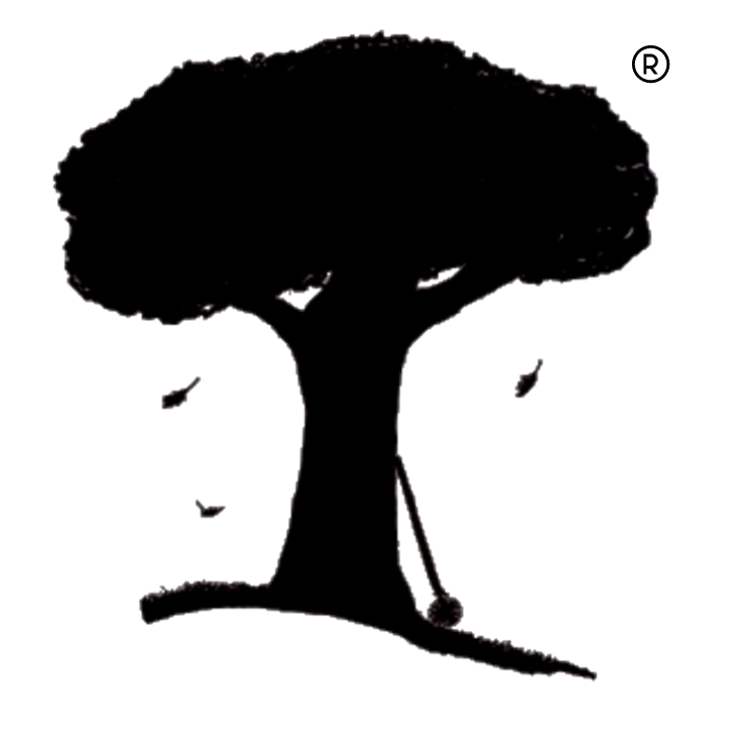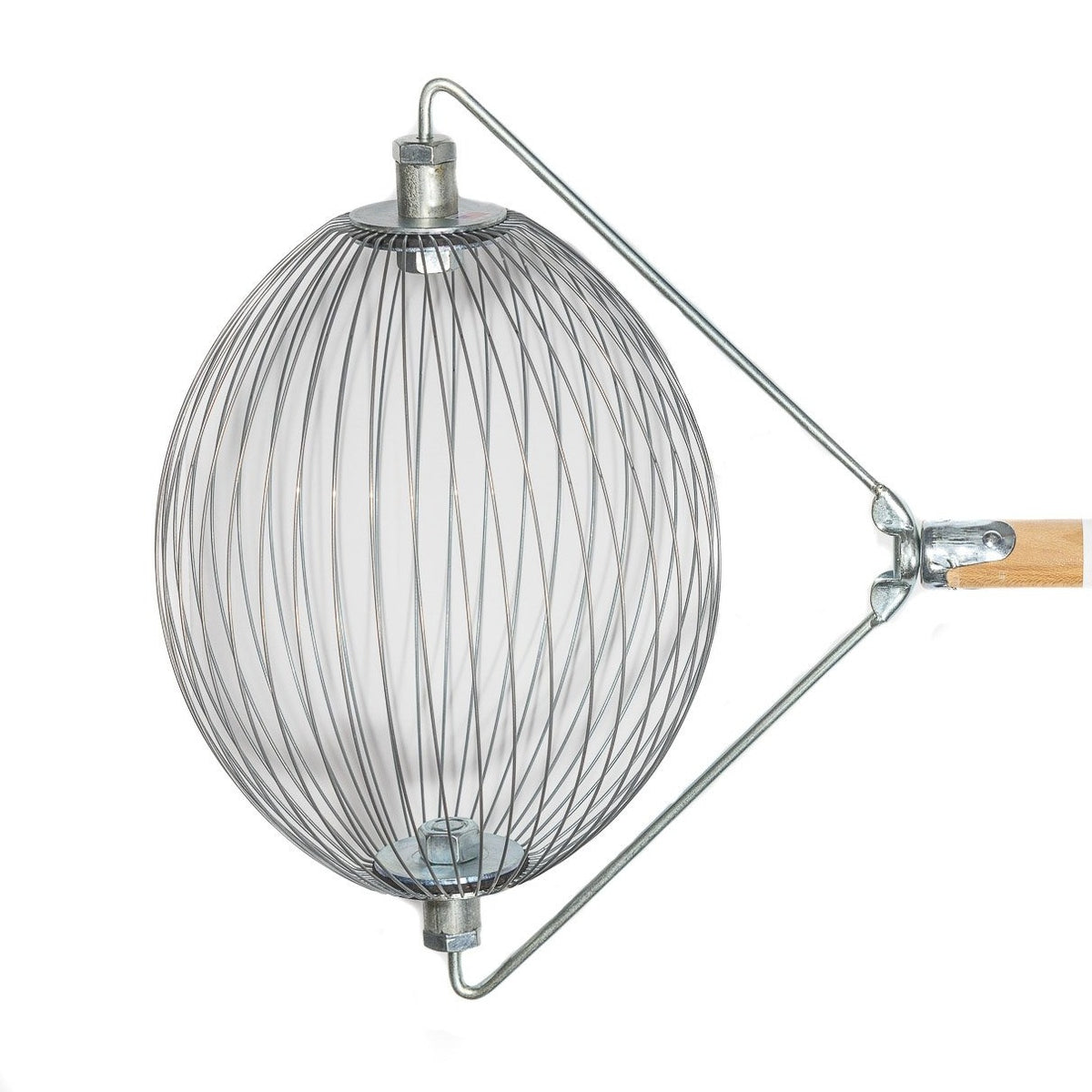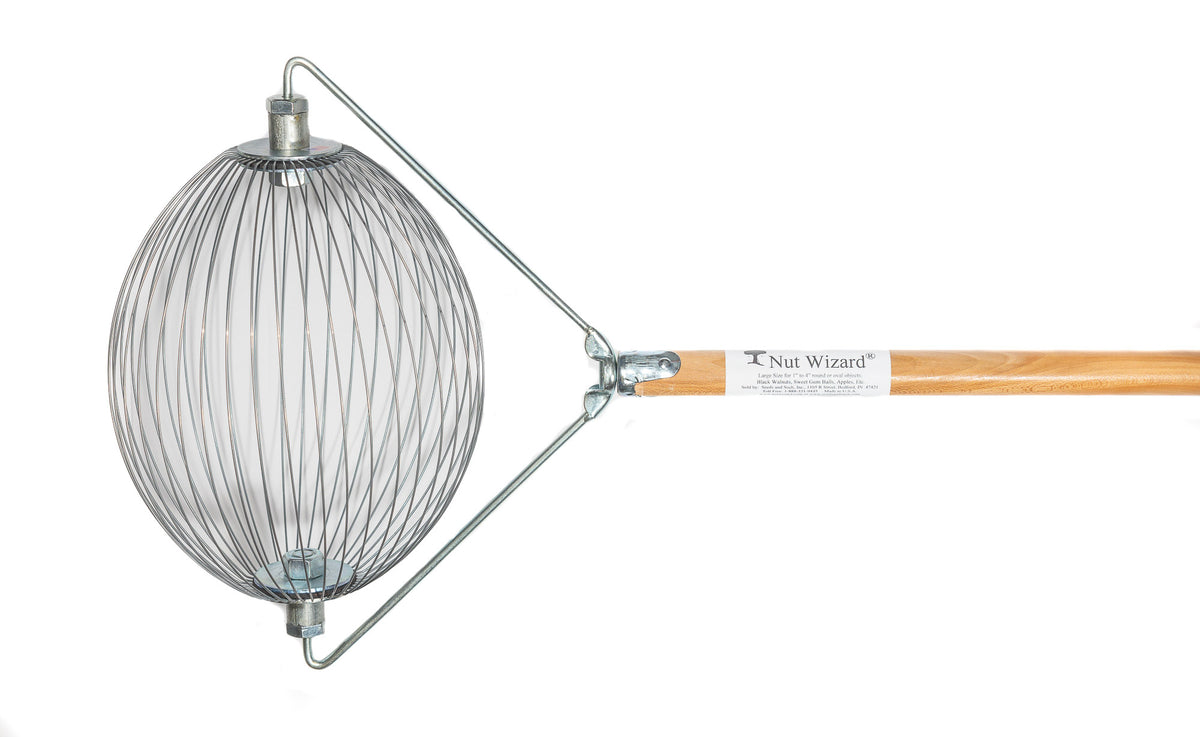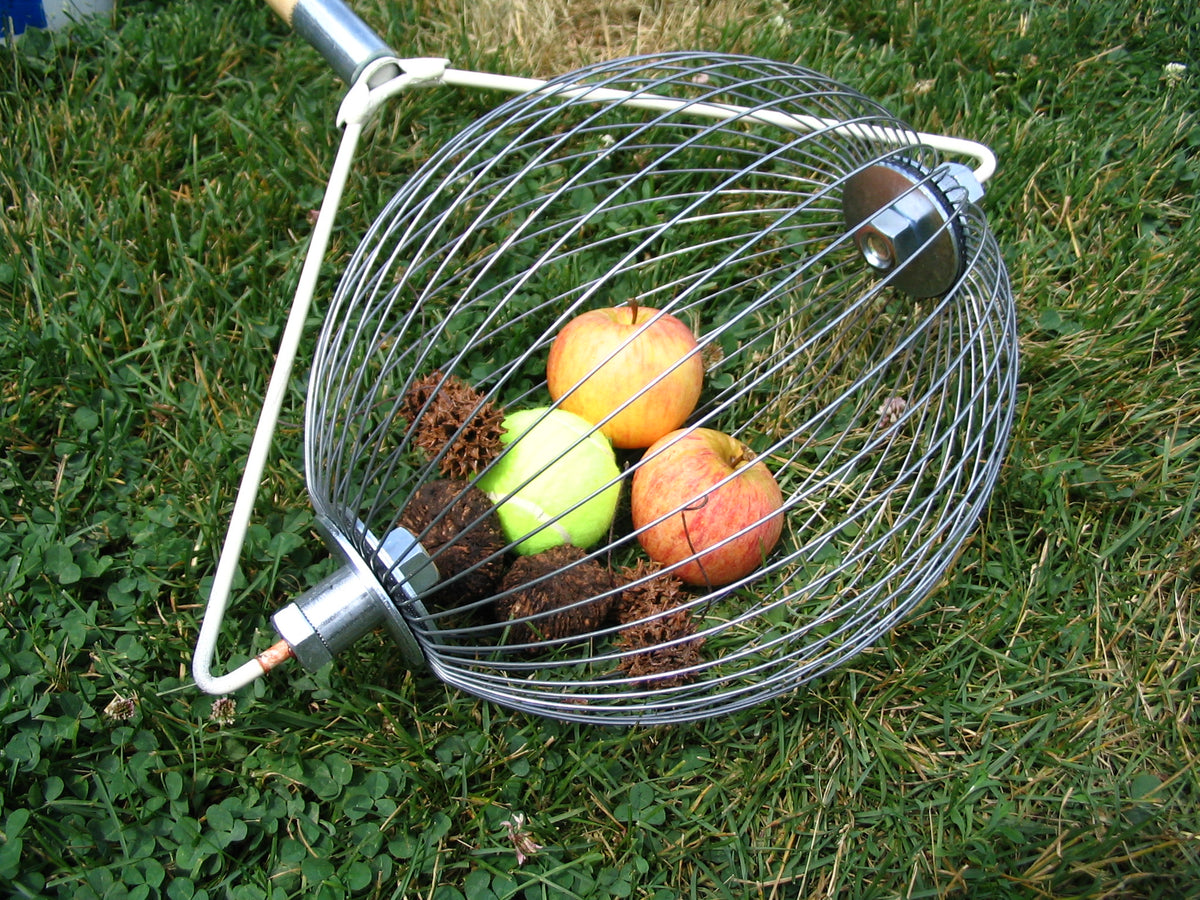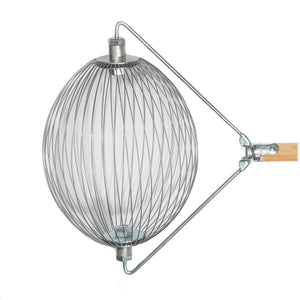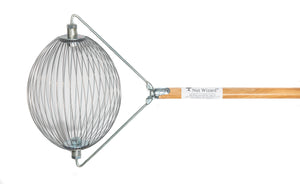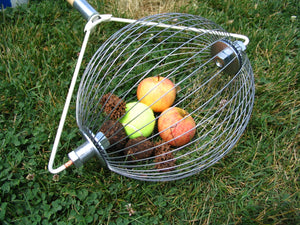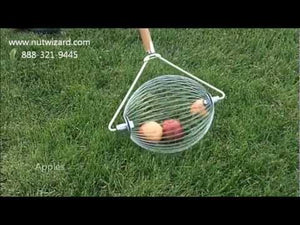Sweet Gum Trees – The Good, The Bad and The Undeniable
The sweet gum tree is a hardy and beautiful specimen ranging from the Midwestern to Southeastern United States. Originally, you’d only be able to find this species in southeastern coastal states, but it has made a steady journey westward throughout the mid-to-late 20th century.
At the start of its passage west, the sweet gum tree was a symbol of hope. In the 1940’s, Dutch elm disease devastated the Elm tree population in several Midwestern states, including namely Missouri and Illinois. By the fall of 1949, it had killed tens of thousands of trees. Over the following years, after the exhaustive work of removing the dead trees, Arbor Day programs donated hundreds of sweet gum saplings to students and volunteers to plant across the cities. Sweet gum trees saved the day!
At first, everyone loved the new trees because they were able to withstand urban environments. They also looked very picturesque in the fall with their tall trunks and multicolored star-shaped leaves along city streets and parks (see the beautiful shades in the picture above). However, as the saying goes, every rose has its thorn and every sweet gum tree has its sweet gum balls…
So what appeared at first to be the savior of the Midwestern tree population was now destined for a prickly path forward. Literally prickly because now you walk down the street and, come winter, step on hundreds of prickly seed balls. Figuratively prickly because tree owners have to battle against themselves to remove the balls faster than the trees can produce them, as well as battle against their neighbors who call the trees “hazardous” and may sue you for medical bills after a broken ankle caused by the obstruction on the sidewalk from what was once your beautiful tree in the fall of the same year. Understandably, this can be harmful for both yourself and your community.
Still, it would also be harmful to completely eradicate such a benevolent tree. You can use the wood to make baskets, interior finish and furniture. Also, both its resin (found when you cut into the bark) and essential oils (extracted from the leaves) have medicinal properties, including antibacterial, antiviral, antioxidant, anti-hypertensive and anti-inflammatory. Both the resin and oils are excellent for cleaning wounds and skin irritations topically (sweet gum is part of the Witch Hazel family, deriving its name from the topical treatment with which you may be familiar). Also, you can steep the resin in water to create a healthful tea infusion to calm nerves and/or treat indigestion.
Perhaps you are rolling your eyes at this point, knowing perfectly well that the day-to-day hazards of the falling sweet gum balls are more of a reality than using your tree’s resin to heal your paper cut. Would it be too hopeful then to suggest you fill the void of sweet gum ball artwork that is missing from the elusive art world? Yes?
OK, it is undeniable that the balls are problematic. The most effective solution for removing the sweet gum ball problem is to remove the tree altogether. However, if you cannot be without its crimson autumnal glory – or simply are against removing the tree - you are in luck. Since the fruit this tree produces is such a common complaint, there are several ways to remove it or preemptively strike it from existence.
Arguably the most accessible form of sweet gum ball removal is using a manual tool that catches the seed balls as you push it across the ground. This is more ideal than raking because your back is able to remain in an upright position the entire time. There are several such tools available on the market today; some popular and reputable brands are Nut Wizard and Bag-A-Nut. Check out this site for a helpful how-to video about using a Nut Wizard.
Another removal method is to apply chemical sprays to regulate fruit growth. Two popular de-flowering agents are:
Florel Fruit Eliminator, which uses a traditional growth regulator employed in greenhouses. You can spray Florel Fruit Eliminator on the tree trunks yourself; however, it could get tricky to spray the top of a large tree. In this case, it would be best to hire someone to do the job with the proper equipment. Also, there is a very specific time window for treatment of only about one week; otherwise, the Florel will either be ineffective or could cause damage or other problems to the tree.
And Snipper, which contains a synthetic analogue of a growth-regulating chemical found naturally in plants. Snipper must be applied by a professional arborist because it gets injected into the trunk of the tree. It also has a narrow time window. The narrow window occurs because the fruit buds develop in 2-3 waves, so any application will inhibit only those flowers in the proper stage. Moreover, multiple injections would hurt the health of the tree.
*You can expect to pay approximately $100 per tree to use either of these chemical treatments by professionals.
Now, after you’ve tripped over a sweet gum ball for the thousandth time, take a deep breath and review all of your options. Also try to remember how the sweet gum tree came to be in your neighborhood as a restorative force in the wake of total tree destruction. It has a remarkable history that should be celebrated
Images courtesy of:
Kashlak, Jane. Betty’s Sweet Gum Tree. Cape May Times, 16 Nov. 2011. http://www.capemaytimes.com/news/2011/11/bettys-sweetgum-tree/.
Laurent, Anna. The North American Sylva. Garden Design Magazine. https://www.gardendesign.com/pictures/the-north-american-sylva_68/#7797.
Pixabay. https://pixabay.com/en/fall-leaves-sweetgum-autumn-leaves-996267/.
Works Cited:
Berry, Edward W. “The Geological History of the Sweet Gum and Witch Hazel.” The Plant World, vol. 22, no. 12, 1919, pp. 345-254. www.jstor.org/stable/43477804.
Hummel, Kathy. Sweet Gum Balls Are Not So Sweet. University of Illinois Extension: Coles County Yard and Garden. http://web.extension.illinois.edu/ccdms/yg/070210.html.
Lingbeck, Jody M. et al. “Sweetgum: An Ancient Source of Beneficial Compounds with Modern Benefits.” Pharmacognosy Reviews 9.17 (2015): 1-11. PMC. Web.
“Nut Wizard Intro.” YouTube, uploaded by SeedsandSuch’s channel, 4 Jan. 2012, https://www.youtube.com/watch?v=bZTaW2_Oj6k.
Paratley, Rob. Economic Botany & Cultural History: Sweetgum. UKnTrees. https://ukntrees.ca.uky.edu/treetalk/ecobot-sweetgum.
The Editorial Board. Our Opinion: In defense of the sweet gum tree. The State Journal-Register, 21 Aug. 2013. http://www.sj-r.com/x1868830109/Our-Opinion-In-defense-of-the-sweet-gum-tree.
Written by Zoë Fox Waltz.
